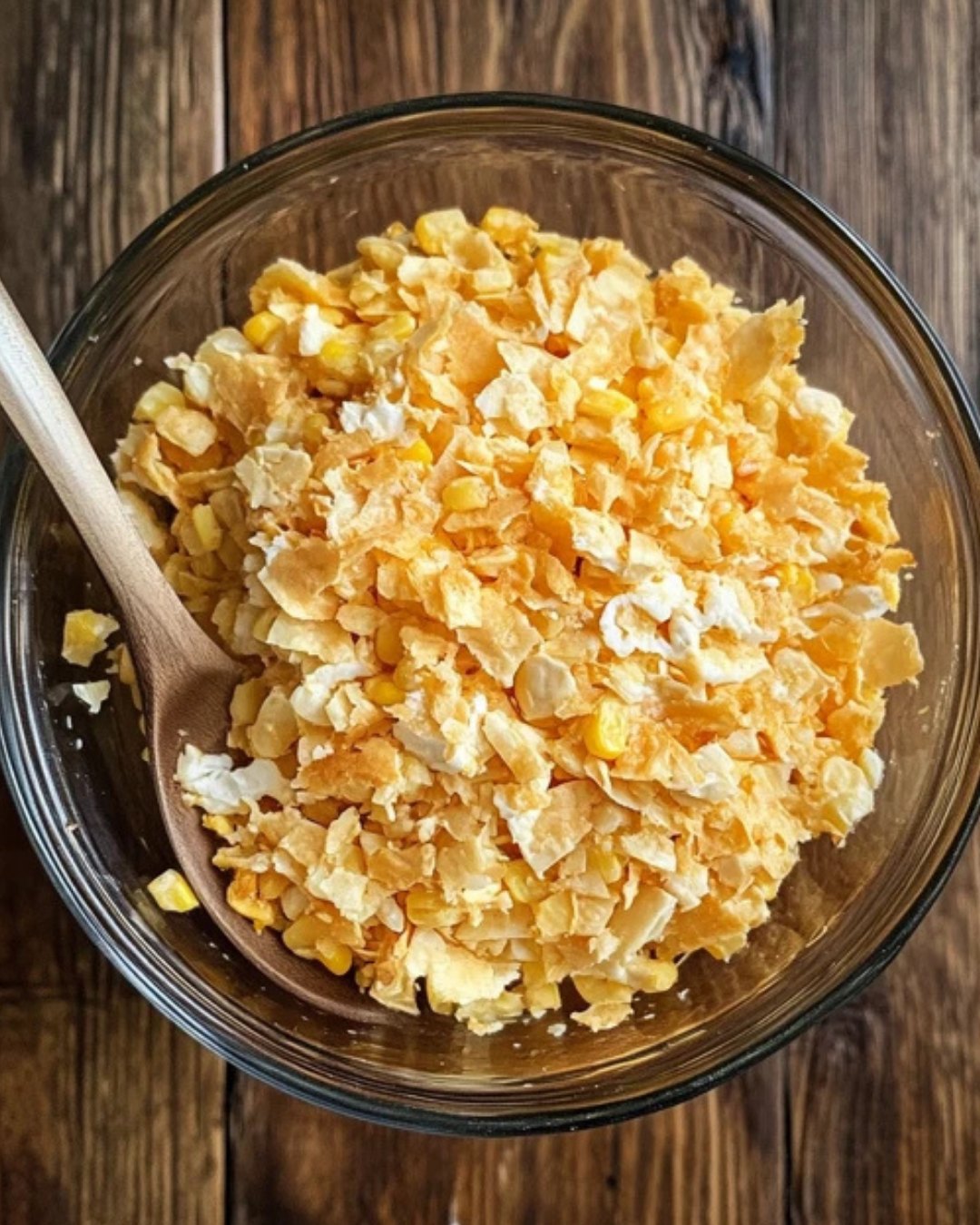ADVERTISEMENT
6. Turmeric: Earthy with a Golden Glow
- Flavor Profile: Earthy, slightly bitter, and warm
- Best For: Curries, rice dishes, soups, and smoothies
- How to Use: Turmeric is often the base of many curry powders and adds a subtle earthy heat to dishes. It’s most commonly used in Indian and Middle Eastern cuisines. While turmeric isn’t as spicy as other peppers, it adds a distinctive warmth and depth of flavor.
Tip: Pair turmeric with black pepper to increase absorption of its beneficial compounds (curcumin), and balance out its bitterness with a dash of honey or citrus.
7. Wasabi: Intense and Pungent
- Flavor Profile: Sharp, hot, and pungent with a touch of sweetness
- Best For: Sushi, stir-fries, dips, and marinades
- How to Use: Wasabi, typically used in Japanese cuisine, has a sharp, pungent heat that hits the nose rather than the tongue, giving it an exciting punch. A little goes a long way, so use sparingly in sauces or dips, or mix into a marinade for seafood or meats.
Tip: Wasabi also pairs well with avocado, so consider adding it to guacamole or a creamy dip for an unexpected twist.
8. Sriracha: Spicy with a Touch of Sweetness
- Flavor Profile: Spicy, tangy, and a little sweet
- Best For: Stir-fries, noodles, sauces, and roasted meats
- How to Use: If you love Thai and Vietnamese cuisine, Sriracha is a must-have. This hot sauce has a spicy kick balanced with tanginess and sweetness, making it versatile enough for a variety of dishes. Use it as a dipping sauce, mix it into mayonnaise for a spicy spread, or drizzle over noodles or roasted vegetables.
Tip: For a slightly milder version, mix Sriracha with yogurt or sour cream to create a creamy, spicy dipping sauce.
How to Add Spice to Your Meals
The key to adding a dash of spice is balance. Here are a few tips for incorporating your spice of choice into dishes without overwhelming them:
- Start Small: Add a little spice at first, then taste and adjust. You can always add more, but you can’t take it out once it’s in!
- Balance with Sweetness or Acidity: If the heat is too intense, try balancing it with a touch of sweetness (like honey or sugar) or acidity (like lemon or vinegar) to tone it down.
- Pair with Dairy: Dairy products like yogurt, sour cream, or cheese can help cool down spicy dishes while adding richness and depth to the flavor.
- Use Spice as a Garnish: Sprinkling ground spice on top of a dish right before serving adds an aromatic, fresh hit of flavor without cooking it into the food.
- Make Spice Blends: Mix your spices to create a custom blend. For example, combine cayenne, paprika, and garlic powder for a simple spicy seasoning that works well on roasted potatoes, meats, or vegetables.
Conclusion
Whether you like to kick things up a notch or prefer a more subtle warmth, there’s a spice out there for every palate. From the boldness of cayenne pepper to the warming richness of turmeric, adding a dash of spice can transform your meals into something exciting and unique. The right spice can turn a simple dish into a complex, flavorful experience and open the door to new culinary adventures.
So, next time you’re in the kitchen, ask yourself: Which dash of spice would you choose to elevate your dish? Experiment with different spices and spice blends to discover what works best for your taste. Your taste buds—and your guests—will thank you!
ADVERTISEMENT
ADVERTISEMENT
